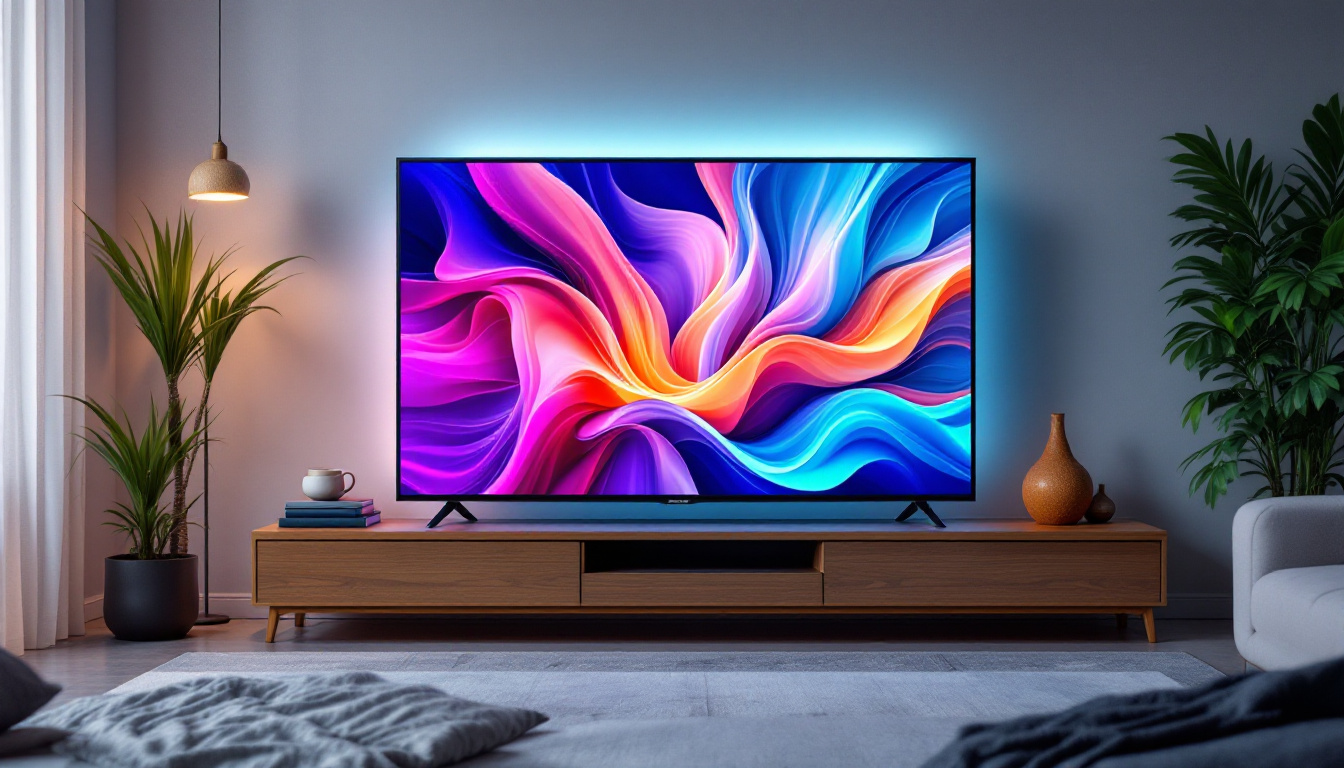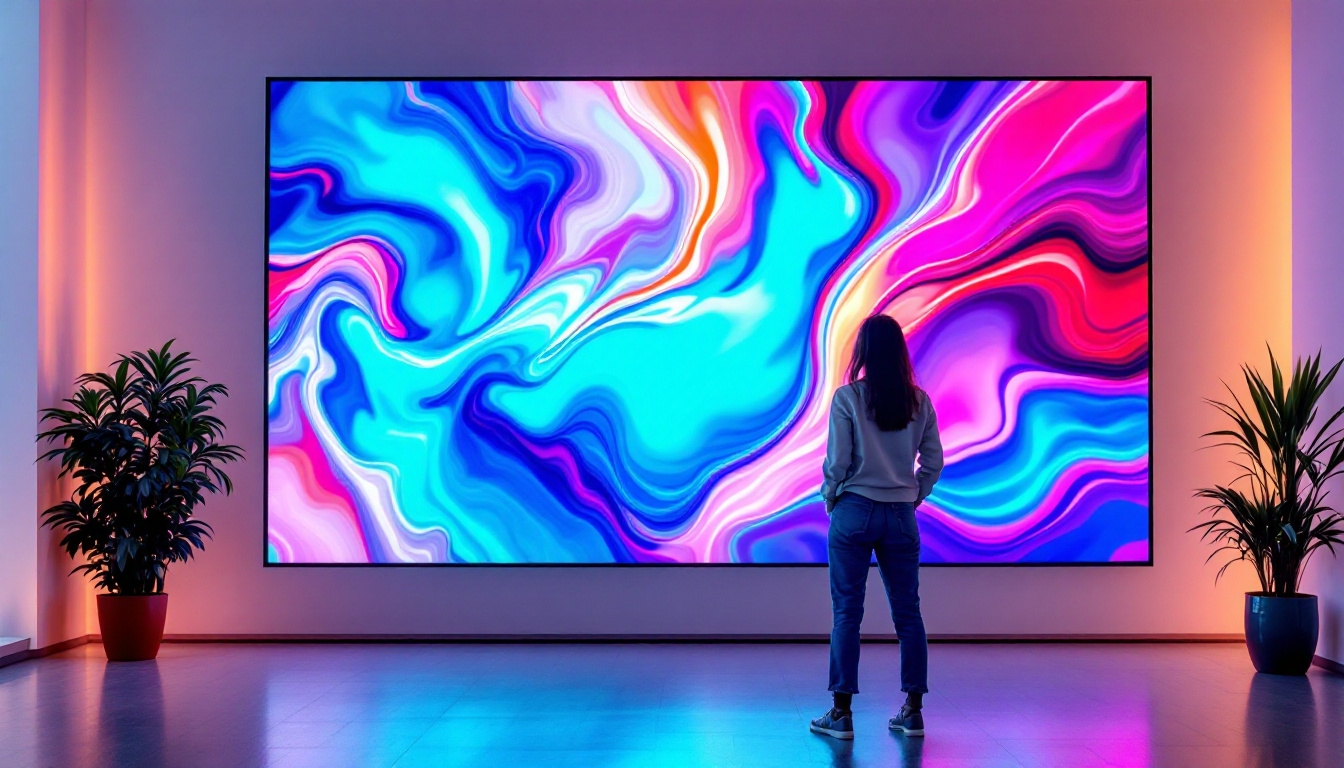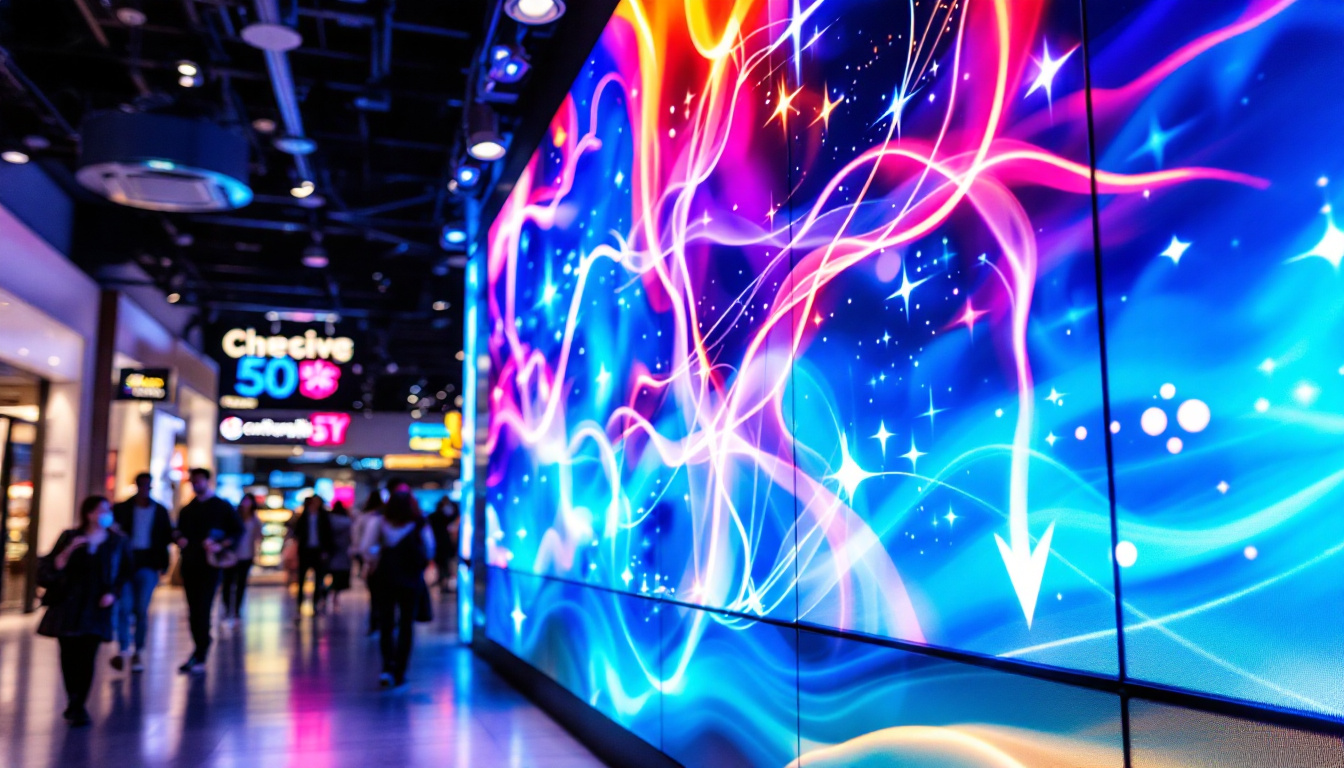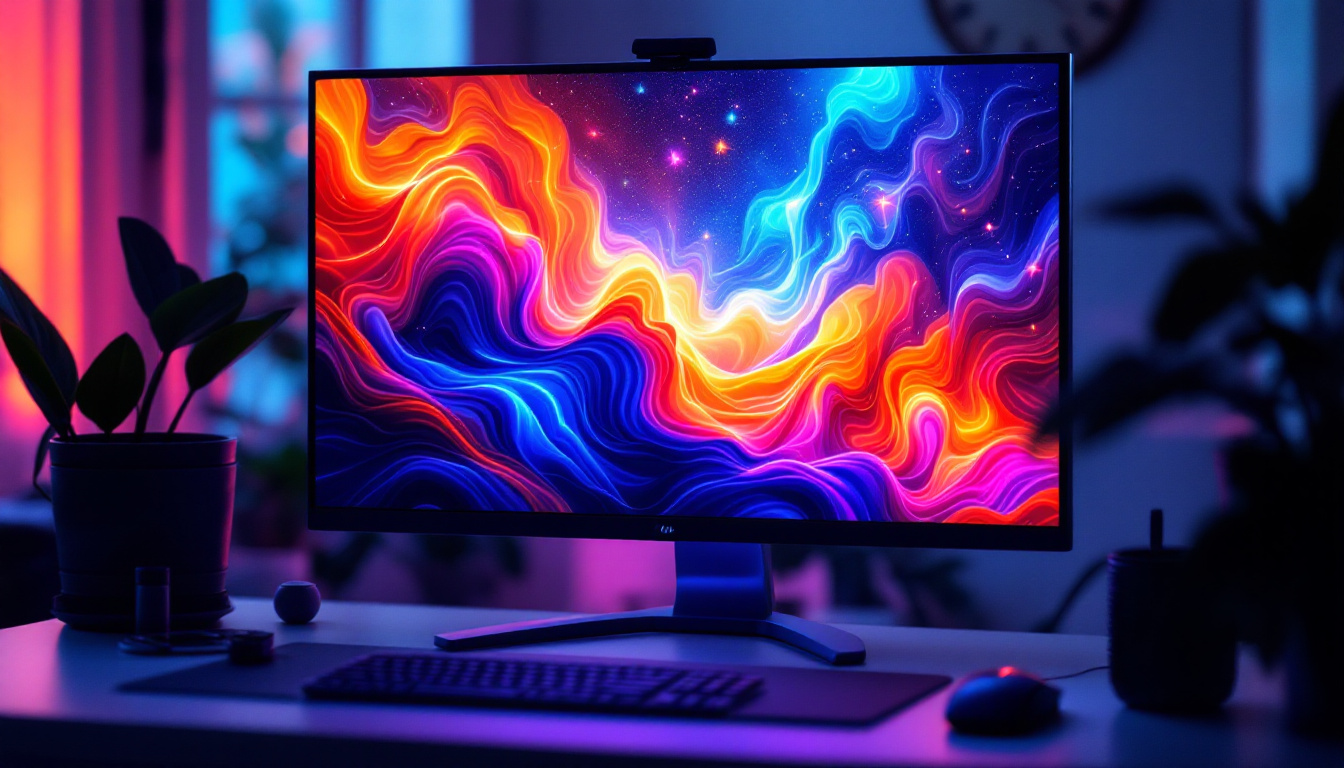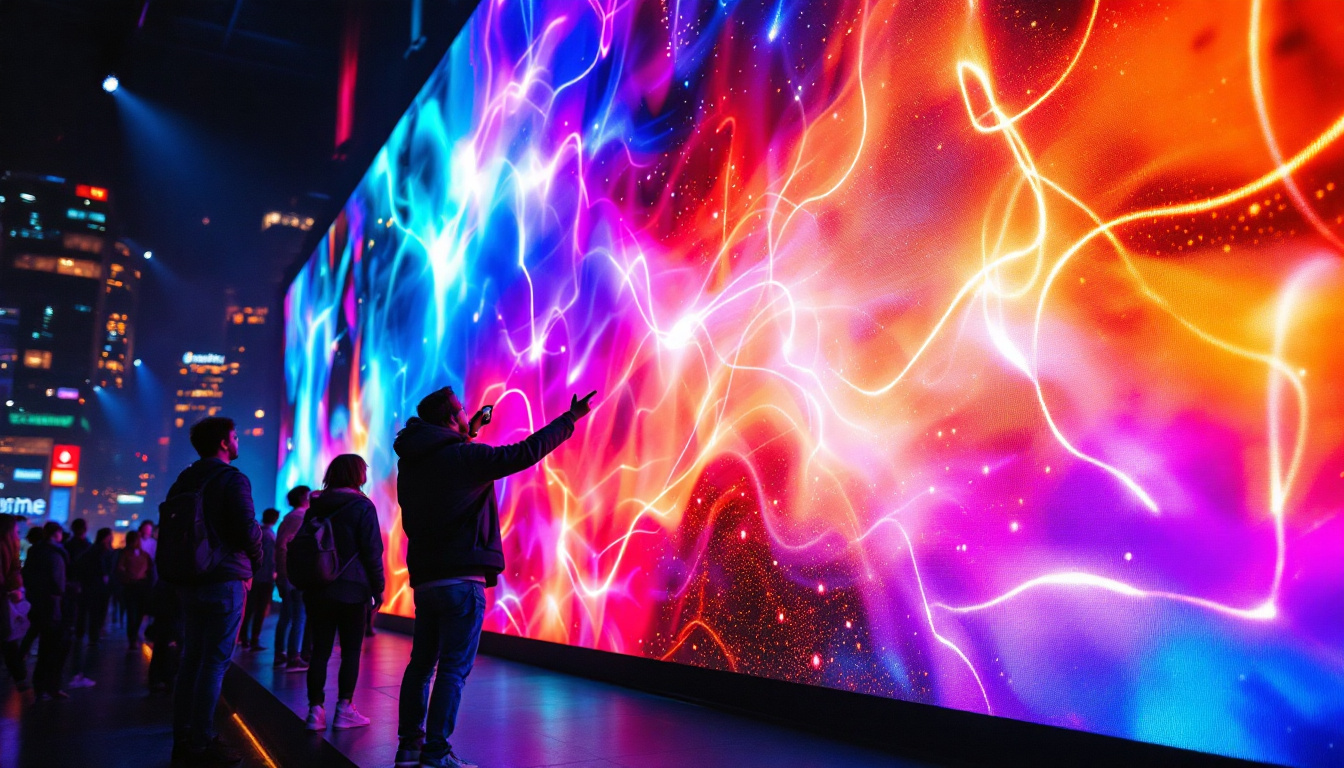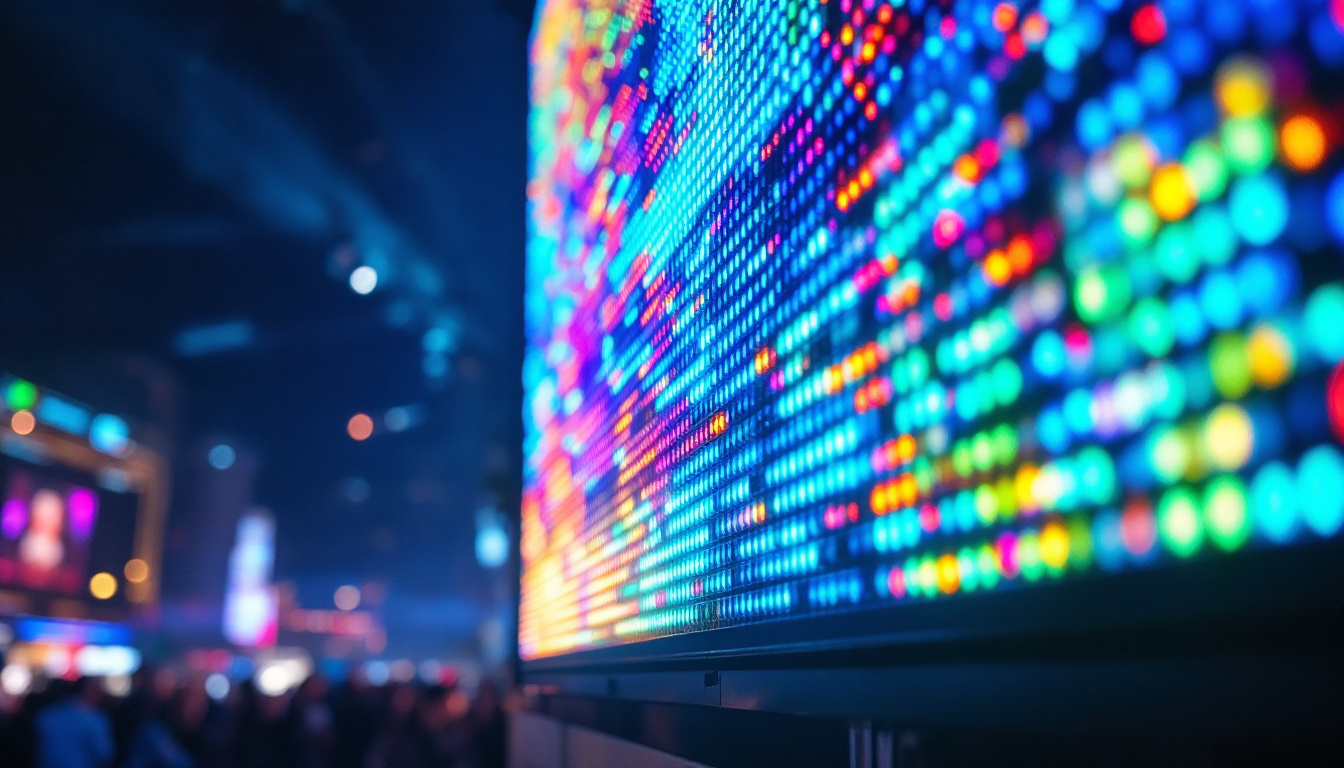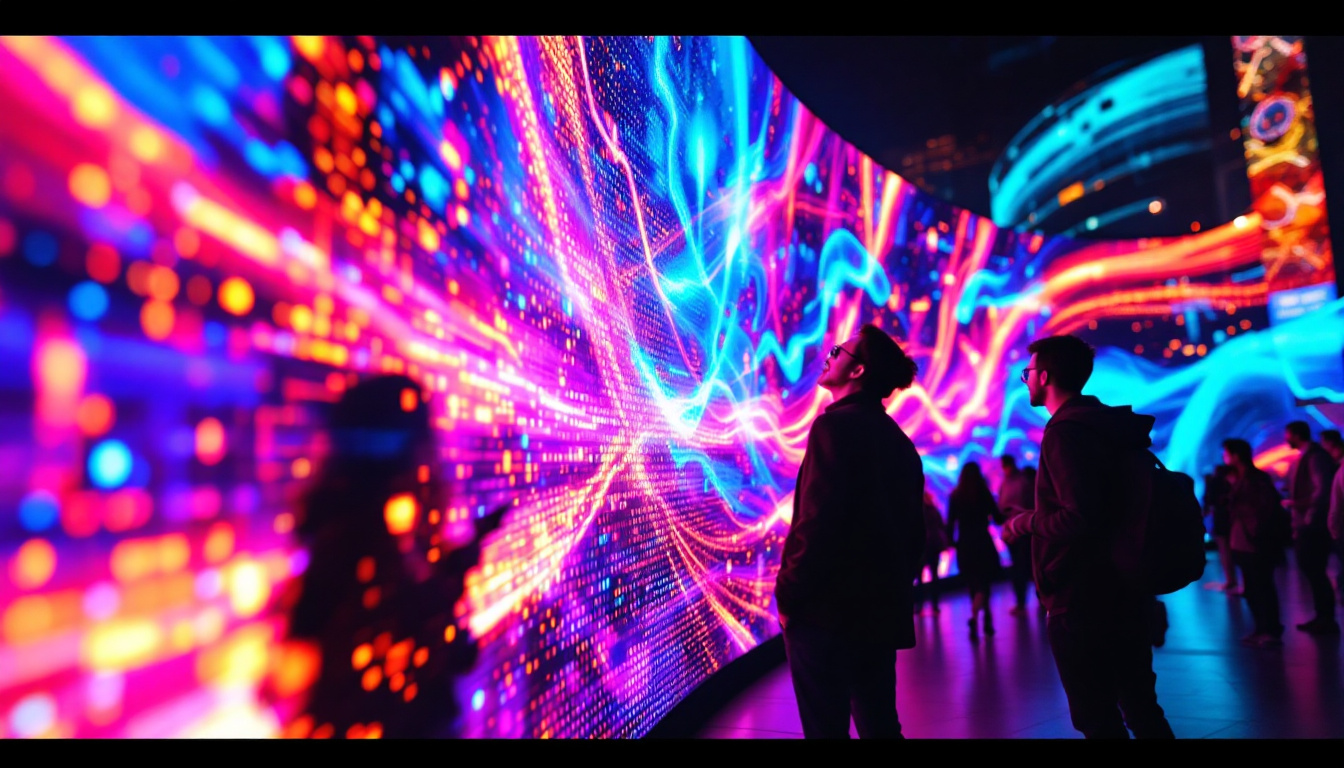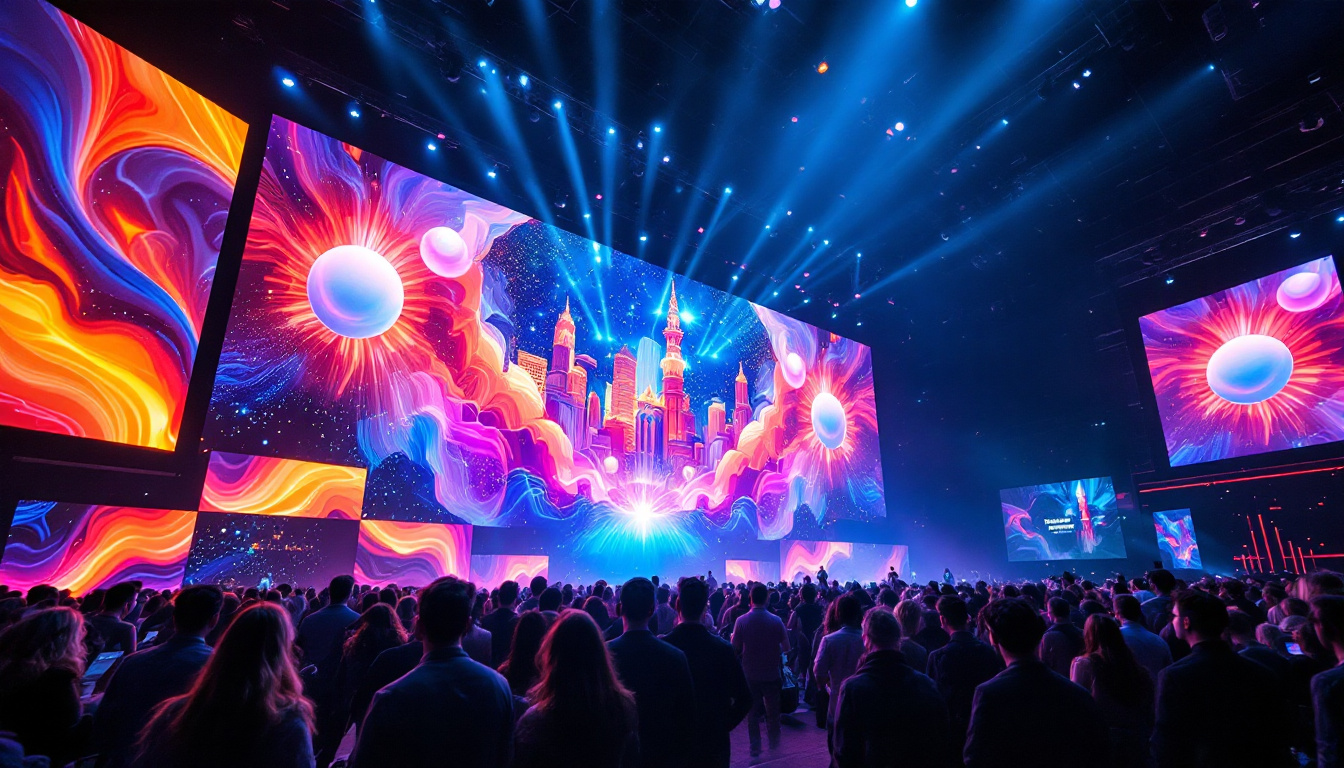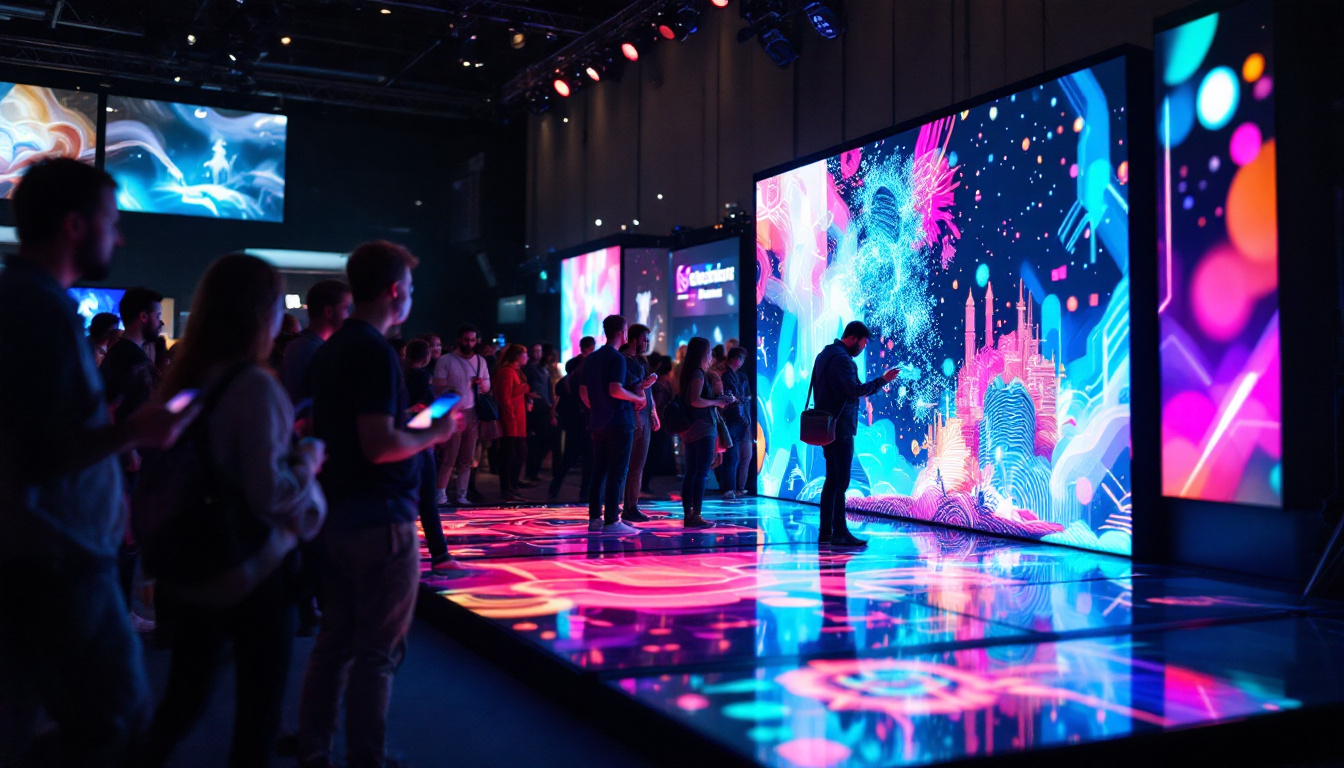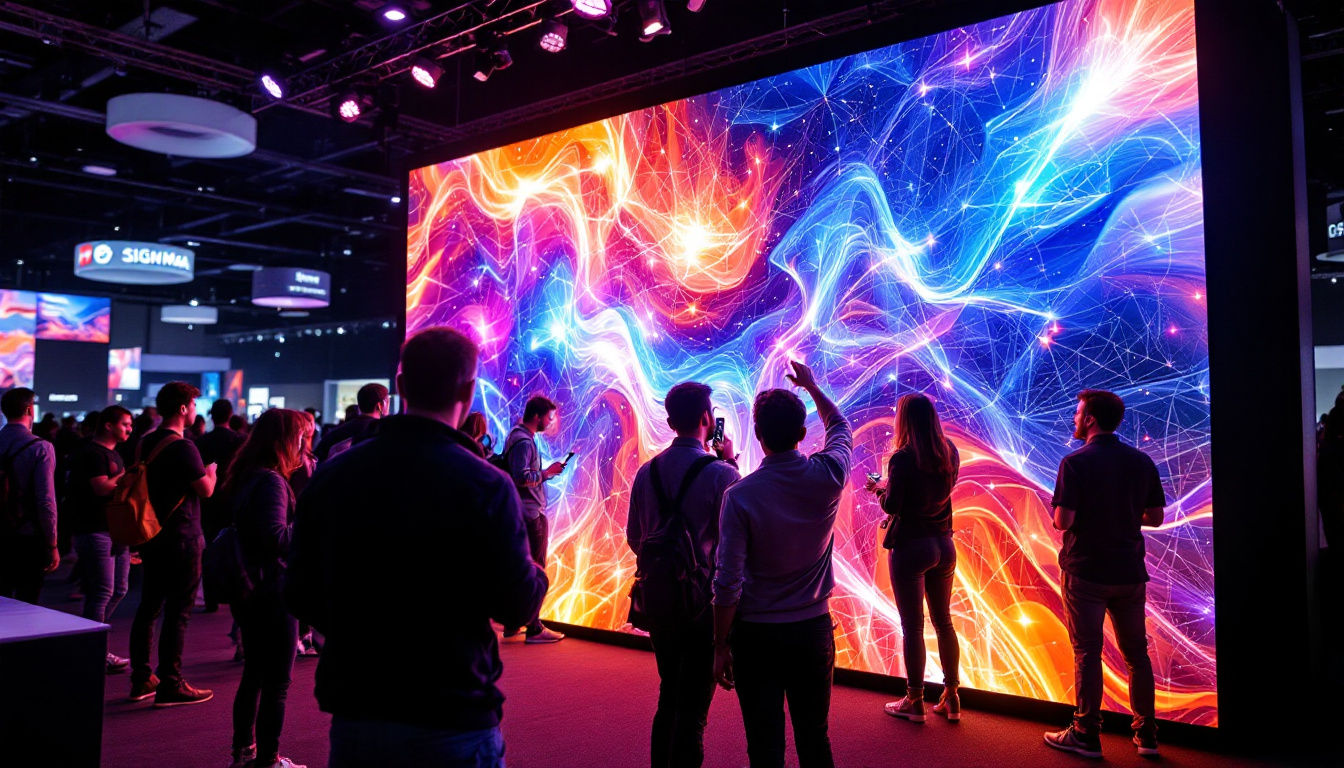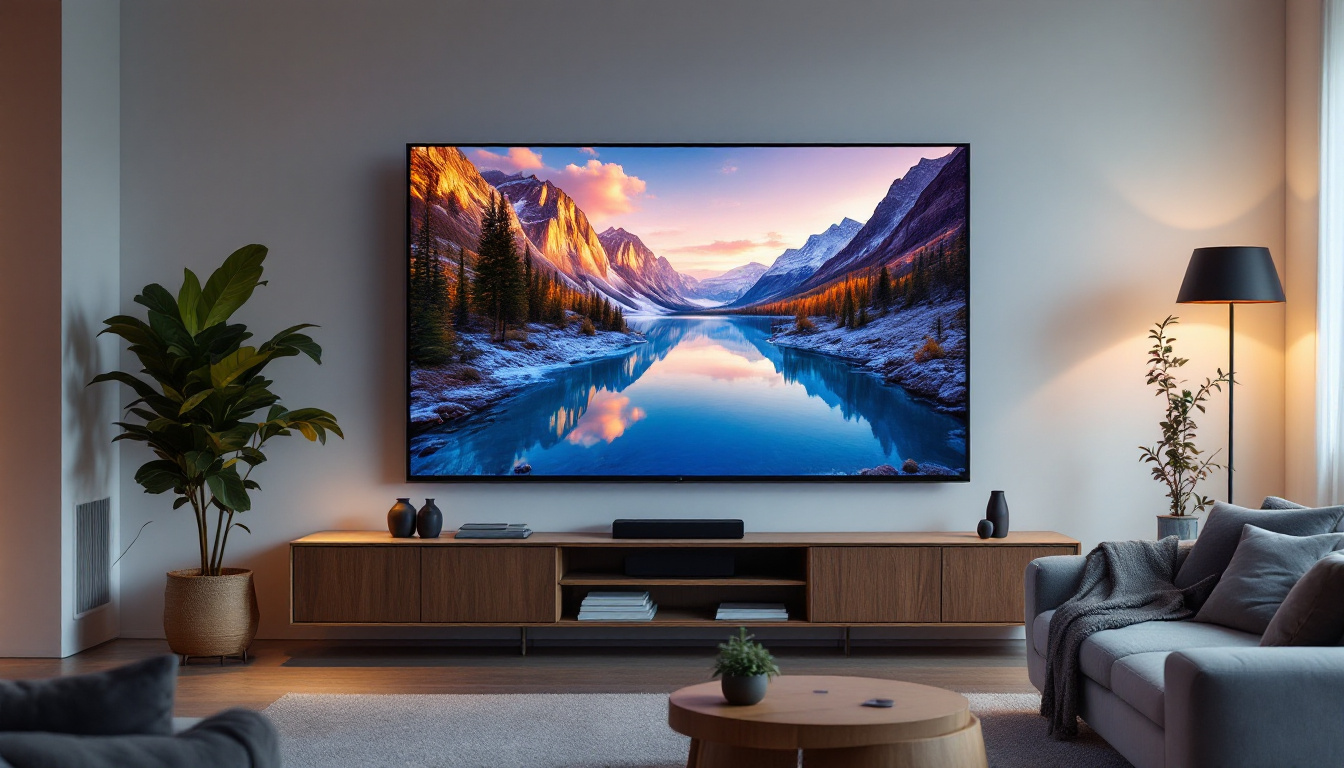In the world of technology, few innovations have transformed the way we experience visual content as dramatically as LED displays. Among the various brands that have embraced this technology, TVS stands out with its unique approach to LED display design and functionality. This article explores the intricacies of LED displays, focusing on the TVS company logo and its significance in the realm of visual communication.
Understanding LED Technology
LED, or Light Emitting Diode, technology has revolutionized the display industry by offering brighter, more energy-efficient alternatives to traditional display methods. Unlike older technologies such as LCD or CRT, LED displays utilize a series of diodes to produce light, resulting in sharper images and vibrant colors. This innovation has not only transformed consumer electronics but has also paved the way for advancements in various fields, including automotive lighting, architectural illumination, and even horticulture, where specific wavelengths of light can enhance plant growth.
The Basics of LED Displays
At its core, an LED display consists of a matrix of tiny LED lights that can be individually controlled to create images and videos. This allows for a wide range of colors and brightness levels, making LED displays ideal for everything from small screens to massive billboards. The ability to control each pixel independently is what sets LED technology apart from other display types. Furthermore, the rapid response time of LEDs enables them to produce dynamic content with minimal motion blur, making them particularly effective for fast-paced video applications.
In addition to their superior image quality, LED displays are also known for their longevity and durability. They can last significantly longer than traditional displays, often exceeding 50,000 hours of use. This makes them a cost-effective solution for both consumers and businesses alike. Moreover, the low power consumption of LED technology contributes to reduced energy bills and a smaller carbon footprint, aligning with global efforts toward sustainability and energy efficiency.
Types of LED Displays
LED displays come in various forms, each designed for specific applications. The most common types include:
- Direct View LED: These displays are composed of individual LED modules that can be assembled to create large screens. They are often used for outdoor advertising and large venues, where their high brightness levels can combat ambient light effectively.
- LED-backlit LCD: This technology combines traditional LCD screens with LED backlighting, enhancing brightness and color accuracy. This hybrid approach allows for thinner displays while still benefiting from the advantages of LED lighting.
- Organic LED (OLED): A more advanced form of LED technology, OLED displays offer even better color reproduction and contrast ratios, making them popular for high-end televisions and smartphones. The flexibility of OLED panels also allows for innovative designs, such as curved screens and even foldable devices.
Another emerging type of LED technology is MicroLED, which uses microscopic LEDs to create self-emissive displays. MicroLEDs promise to combine the best features of OLED and traditional LEDs, offering exceptional brightness, color accuracy, and energy efficiency while eliminating issues like burn-in that can affect OLED screens. As research and development in this area continue, MicroLED technology is expected to play a significant role in the future of display solutions, particularly for large-scale installations and high-resolution applications.
The Role of TVS in LED Display Technology
TVS has carved a niche for itself in the LED display market by focusing on innovation and quality. The company’s logo is not just a symbol of its brand; it represents a commitment to excellence in visual technology.
TVS Logo Design and Symbolism
The TVS logo is a carefully crafted design that reflects the company’s values and mission. The logo features a modern font, often accompanied by a distinctive icon that symbolizes technology and innovation. This branding strategy serves to create a strong visual identity that resonates with consumers.
In addition to its aesthetic appeal, the TVS logo is designed to be versatile. It can be displayed prominently on LED screens, ensuring that the brand remains visible and recognizable across various platforms. This adaptability is crucial in a market where digital presence is paramount.
Innovative Products from TVS
TVS is known for its diverse range of LED display products, which cater to various sectors, including retail, transportation, and entertainment. Some of the standout products include:
- Digital Signage Solutions: TVS offers cutting-edge digital signage displays that are perfect for advertising and information dissemination. These displays can be customized to suit the needs of any business, providing a dynamic way to engage customers.
- Outdoor LED Displays: Designed to withstand the elements, these displays are ideal for outdoor advertising and events. They boast high brightness levels and excellent visibility, even in direct sunlight.
- Interactive Displays: TVS has also ventured into interactive LED displays, allowing users to engage with content in real-time. This technology is particularly popular in educational and retail environments.
Benefits of LED Displays
LED displays offer numerous advantages that make them an attractive choice for both consumers and businesses. Understanding these benefits can help in making informed decisions when selecting display technology.
Energy Efficiency
One of the most significant benefits of LED displays is their energy efficiency. Compared to traditional display technologies, LED screens consume significantly less power, which translates to lower electricity bills. This is particularly beneficial for businesses that operate large digital signage networks.
Moreover, many LED displays are designed with eco-friendly materials and processes, further reducing their environmental impact. This commitment to sustainability is increasingly important in today’s market, where consumers are more conscious of their choices.
Superior Image Quality
LED displays are renowned for their superior image quality. They provide higher contrast ratios, brighter colors, and sharper images than many other display technologies. This makes them ideal for applications where visual clarity is paramount, such as in advertising and presentations.
Furthermore, the ability to produce deep blacks and vibrant colors enhances the overall viewing experience, making LED displays a preferred choice for home theaters and professional environments alike.
Versatility and Scalability
LED displays are incredibly versatile, allowing for a wide range of applications. From small screens in retail environments to massive outdoor billboards, the scalability of LED technology means that it can be tailored to fit any need.
This adaptability extends to the design of the displays themselves. Modular LED systems can be configured in various shapes and sizes, enabling creative installations that capture attention and engage audiences effectively.
Challenges and Considerations
While LED displays offer numerous advantages, there are also challenges and considerations that potential users should be aware of. Understanding these factors can aid in making the best choice for specific applications.
Initial Costs
One of the primary challenges associated with LED displays is the initial investment. High-quality LED technology can be more expensive upfront compared to traditional display options. However, it is essential to consider the long-term savings associated with energy efficiency and durability.
For businesses, the return on investment (ROI) can be substantial, especially when considering the potential for increased customer engagement and advertising effectiveness. Evaluating the total cost of ownership over time is crucial when assessing the feasibility of LED displays.
Maintenance and Upkeep
While LED displays are generally low-maintenance, they do require some level of upkeep to ensure optimal performance. Regular cleaning and occasional servicing may be necessary to maintain image quality and functionality.
Additionally, users should be aware of the warranty and support options available from manufacturers like TVS. Understanding the terms of service can help mitigate potential issues and ensure that any necessary repairs are handled efficiently.
Future Trends in LED Display Technology
The LED display industry is continuously evolving, with new advancements and trends emerging regularly. Staying informed about these developments can provide insights into the future of visual technology.
Integration with Smart Technology
As smart technology becomes increasingly prevalent, the integration of LED displays with IoT devices and smart systems is on the rise. This allows for more dynamic content management and real-time updates, enhancing the effectiveness of digital signage solutions.
For instance, businesses can use data analytics to tailor their advertising content based on audience behavior, maximizing engagement and conversion rates. This level of interactivity is set to become a standard feature in the future of LED displays.
Advancements in Resolution and Color Accuracy
Another trend to watch is the continuous improvement in resolution and color accuracy. As technology advances, manufacturers are developing displays with higher pixel densities, resulting in even sharper images and more vibrant colors.
Additionally, innovations in color calibration techniques are enhancing the overall viewing experience, making LED displays suitable for a broader range of applications, from professional video production to high-end consumer electronics.
Conclusion
The evolution of LED display technology has significantly impacted how visual content is consumed and communicated. TVS, with its innovative approach and commitment to quality, exemplifies the potential of LED technology in various applications.
From energy efficiency to superior image quality, the benefits of LED displays are undeniable. While challenges exist, understanding the landscape of LED technology can empower consumers and businesses to make informed decisions that align with their needs.
As the industry continues to advance, the future of LED displays looks promising. With ongoing innovations and trends shaping the market, the possibilities for visual communication are limitless. Embracing this technology can lead to enhanced engagement, improved customer experiences, and a brighter future for visual media.
Discover the Future of Visual Communication with LumenMatrix
As you consider the transformative power of LED display technology, LumenMatrix invites you to explore a world where innovation meets visual brilliance. Our extensive range of LED display solutions, including Indoor and Outdoor LED Wall Displays, Vehicle LED Displays, LED Poster Displays, LED Sports Displays, Floor LED Displays, Custom LED Displays, All-in-One LED Displays, and LED Transparent Displays, are designed to elevate your brand’s presence and captivate your audience. Embrace the future of visual storytelling with LumenMatrix and experience the impact of cutting-edge digital signage. Check out LumenMatrix LED Display Solutions and join the revolution in visual communication.

